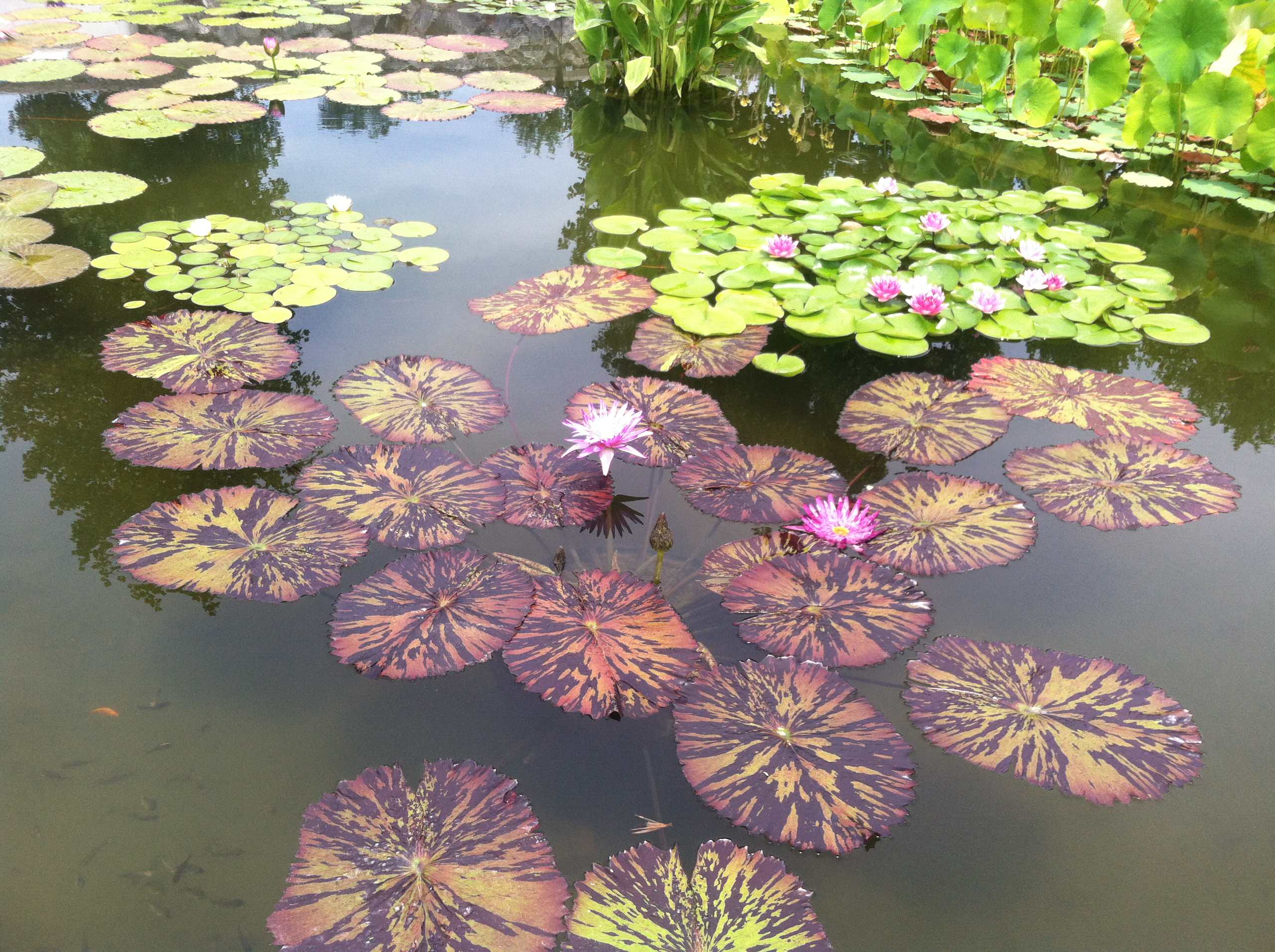High-Quality Landscape Design for Residential and Commercial Characteristics
High-Quality Landscape Design for Residential and Commercial Characteristics
Blog Article
The Function of Yard Layout in Supporting Sustainability and Biodiversity
Yard style is progressively identified for its possible to promote sustainability and improve biodiversity within urban and country landscapes. By focusing on native plant species and employing water preservation strategies, designers can produce atmospheres that not only prosper yet likewise require very little chemical treatment.
Value of Native Plants
Stressing making use of indigenous plants in garden design is vital for promoting ecological equilibrium and sustainability. Native plants are those that naturally occur in a details region and have actually adapted to the neighborhood climate, soil, and wild animals. Their consolidation into yards sustains local ecosystems by supplying environments and food sources for indigenous pollinators, birds, and other wild animals.
In addition, native plants are generally a lot more immune to local parasites and illness, decreasing the requirement for chemical pesticides and plant foods. This resistance not only lessens ecological impact however also reduces upkeep costs for gardeners. In addition, indigenous plants often need less water than non-native types, aligning with lasting gardening techniques and decreasing the stress on regional water resources.
Water Conservation Techniques
Integrating indigenous plants not just enhances biodiversity yet additionally plays a significant function in water conservation within garden styles. Indigenous types are adapted to regional climate conditions, requiring less water than non-native counterparts. Landscape Designer. This characteristic minimizes the need for irrigation, saving both water resources and power
Furthermore, executing rainfall yards can catch and filter stormwater overflow, advertising groundwater recharge while lessening erosion. These gardens make use of indigenous plants that flourish in wet problems, effectively taking care of excess water while developing diverse habitats.

An additional effective method is making use of permeable paving products in paths and patio areas, allowing rain to penetrate the ground as opposed to running off. This advertises dampness retention and reduces the demand for watering.
Finally, mounting a rain harvesting system can dramatically add to water conservation efforts. Gathering and storing rain for yard use encourages lasting techniques and lowers dependence on local water sources (landscape design near Daniel Island South Carolina). By incorporating these methods, garden styles can successfully promote water conservation while supporting environmental wellness
Reducing Chemical Usage
While many gardeners look for vivid and healthy plants, lowering chemical use is vital for fostering a sustainable community. The dependence on artificial plant foods and pesticides can cause dirt destruction, water contamination, and a decrease in valuable insect populations. By adopting organic gardening techniques, garden enthusiasts can enhance the health of their landscapes while promoting biodiversity.
One reliable method is to use garden compost and organic modifications, which improve the dirt normally and improve its framework. landscape design near Johns Island South Carolina. These techniques not only increase plant health however additionally lower the requirement for chemical plant foods - Landscape Designer. Implementing integrated insect administration (IPM) techniques better decreases chemical inputs by encouraging natural killers, such as ladybugs and parasitic wasps, to regulate pest populaces
Additionally, picking indigenous plant varieties can substantially minimize the demand for chemical interventions, as these plants are better adapted to local problems and are more resilient versus pests and conditions. By focusing on lasting methods, gardeners can create growing environments that sustain both plant wellness and ecosystem stability, ultimately bring about yards that are not only attractive however additionally environmentally accountable. Reducing chemical usage is an essential action in growing gardens that recognize and enhance the environment.
Developing Wild Animals Habitats
Developing dynamic wild animals environments within yards not just improves biodiversity however additionally complements sustainable gardening practices targeted at look at more info decreasing chemical usage. By including indigenous plants, garden enthusiasts can provide essential resources such as food and sanctuary for numerous types, including birds, insects, and small animals. Native plants are well-adapted to local conditions, requiring less water and less chemical inputs, therefore lining up with sustainability objectives.

Keeping a naturalistic strategy, which may include leaving some areas wild or uninterrupted, enables the all-natural processes of ecological communities to grow. This method encourages the presence of beneficial bugs and pollinators, which play an essential duty in the health of both yards and surrounding settings. Generally, creating wildlife habitats is an essential aspect of sustainable garden layout, fostering eco-friendly balance and durability while improving the elegance and capability of outdoor spaces.
Area Engagement in Horticulture
Area interaction in gardening cultivates a sense of belonging and cumulative obligation, transforming individual horticulture efforts right into common efforts that profit the whole area. By including neighborhood members in gardening jobs, we can grow not just plants but also connections and socials media. Local yards offer as essential areas for education and learning, where people of every ages can discover lasting techniques, biodiversity, and environmental stewardship.
Collaborative gardening efforts, such as community yards, promote the exchange of expertise and resources, guaranteeing that all participants can add and benefit. This inclusivity boosts community strength, as participants interact to overcome difficulties such as food instability and ecological degradation. Additionally, community yards can work as systems for social expression, allowing people to share their heritage with diverse growing and gardening strategies.
Moreover, involving the area in gardening initiatives can lead to raised understanding of local ecosystems and the importance of biodiversity. By working jointly to style and maintain these areas, locals cultivate a common dedication to sustainability, producing a long-term influence on both the atmosphere and area communication. Inevitably, neighborhood engagement in horticulture is an effective device for promoting environmental stewardship and enhancing the lifestyle within areas.
Final Thought
By highlighting the usage of native plants, executing water preservation strategies, and reducing chemical inputs, yards can successfully support regional ecosystems. Jointly, these methods not only improve the charm of areas however likewise promote ecological equilibrium, making yard layout a crucial aspect in the search of a sustainable future.
Report this page